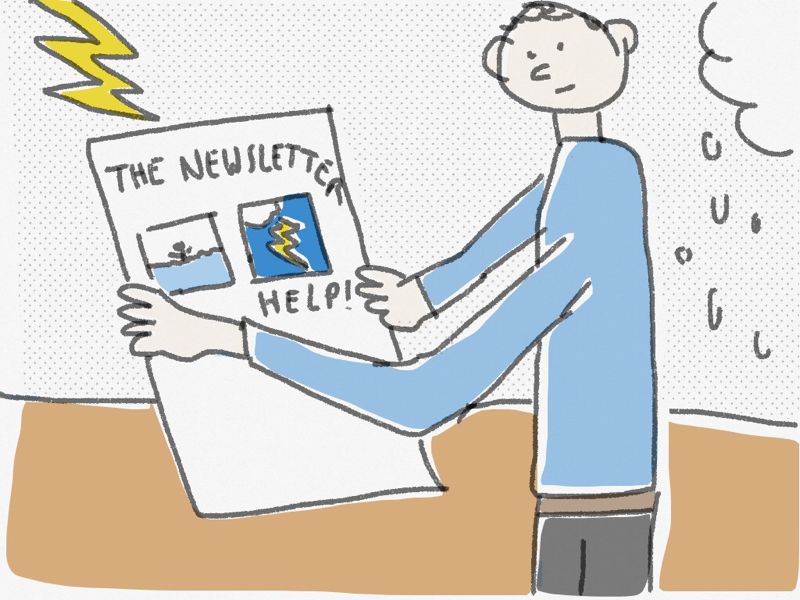48

I was a kid, not an old-timer sentimental for a lost past. The typewriter, the mimeograph machine and supplies were cheap at the yard sale. In fact, I arrived late and they were in the trash. So I got them for free.
Why would a modern kid like old technology? I love the smell of the ink and the feel of the paper. Cranking the mimeograph is almost like meditation. It’s transporting. Best of all, there’s no pixels involved.
Everybody laughed when I started the newsletter. It looked cheap. The ink came off on your hands. It was called, simply, ‘The Newsletter.” But even though they laughed, they picked it up and they read it. I started charging 10 cents for it and I sold out all 200 copies quickly. They got passed around so I never knew the size of my readership. The media picked up on it, and ridiculed it in feature stories, but to me those magazines, newspapers and websites seemed nervous, maybe even jealous.
Some other kids in the neighborhood joined me and our circulation grew. We were in no danger of getting rich, but we had a good time.
The whole newsletter was in the muddy blue ink, except for illustrations. We drew our own pictures and printed them with the blue ink, but we hand colored them. The Newsletter had a distinctive look from the start.
Before Reckoning Day, we’d already built a circulation of 1,000 and put out issues every two months. We never put it on the Internet, but other people scanned and posted it. People printed out their own copies, but real mimeographed originals were highly coveted.
Of course, when Reckoning Day came it all changed. Nobody expected things to happen so quickly and all at once. People saw the environmental damage as it developed and many were expecting the worst. But all on one day! Rising waters, floods, earthquakes, blistering heat and the rest. Wow!
That was the end of the Internet and civilization as we knew it. Suddenly, our newsletter was more important than ever. We still had news, but we added a “survival tips” sections, something essential in our post-apocalyptic world.
People now come from everywhere to share their ideas and experiences and we publish them. Issues are free again (money is an anachronism), and distributed by volunteer “runners.” Demand is high and supplies are small. They are read aloud wherever enclaves of surviving people are found. Then the same issue is carried to the next nearby enclave. When the issue is worn out and unreadable, somebody usually hangs it in their dwelling, typically a cave.
We still do hand-colored illustrations, but now they are usually drawings of bison with spears in them. To me, this seems appropriate.
